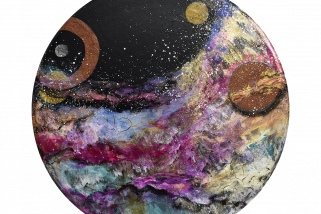“For the road was cut many years ago … many famous women, and many more unknown and forgotten, have been before me. But this freedom is only a beginning – the room is your own, but it is still bare. It has to be furnished; it has to be decorated; it has to be shared. How are you going to furnish it, how are you going to decorate it? With whom are you going to share it, and upon what terms? These, I think are questions of the utmost importance and interest. For the first time in history you are able to ask them; for the first time you are able to decide for yourselves what the answers should be.” ― Virginia Woolf, National Society for Women’s Service, 1931
[ezcol_2fifth]
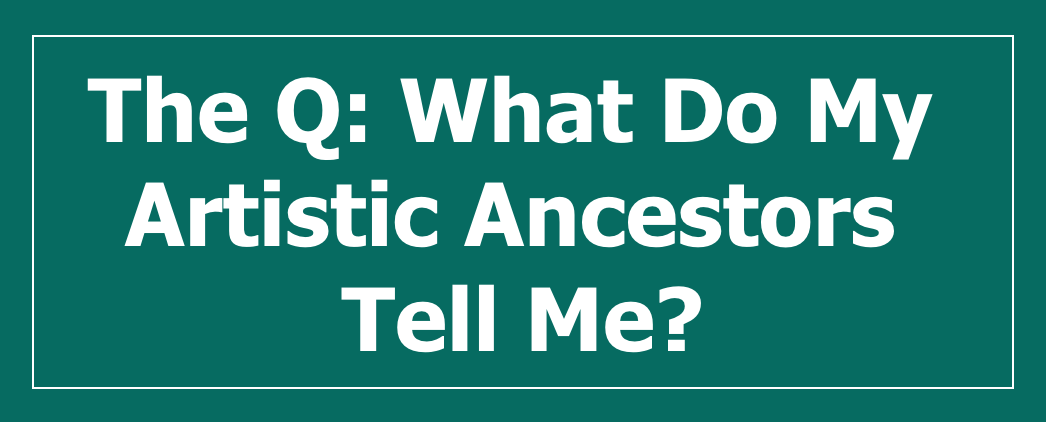
“Of all the forms of memory, ancient memory is the one that interests me most…I once saw a news photograph of an ancient dance artifact. It was a pottery shard with a design showing a tribal migration that was believed to be the earliest known representation of dance. It gave me a twinge, if not a shock, of recognition. I felt as though I have that illustrated moment stored in me genetically or else I wouldn’t be a dancer. That’s ancient memory.
Every dance I make is a dive into this well of ancient memory.”
From Twyla Tharp, The Creative Habit: Learn it and Use it for Life
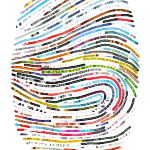
Suggested Reading to Supplement Your Own Inquiry
Clarissa Pinkola Estés, Women Who Run With the Wolves: Myths and Stories of the Wild Woman Archetypes
Ursula K. Le Guin, The Wave in the Mind
Twyla Tharp, The Creative Habit, and The Collaborative Habit
Marion Woodman and Elinor Dickson, Dancing in the Flames: The Dark Goddess in the Transformation of Consciousness
Virginia Woolf, A Room of One’s Own
Virginia Woolf, “But this freedom is only a beginning – the room is your own, but it is still bare,” Professions for Women, National Society for Women’s Service, 1931
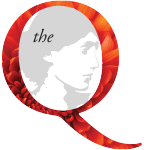
Questions Arise for our Collaboration
Q: Does the artistic greatness of others play into or against my personal artistic intention and practice?
Q: Do the voices of my artistic ancestors speak through my artistic identity, intention, and practice?
Q: If I could respond to my artistic ancestors, what would I say?
Q: Do I see myself part of women’s artistic ancestry?
share hereWould you like to submit your responses to one of the questions above or to the featured Q?
[/ezcol_2fifth] [ezcol_3fifth_end]
Dear Creative Woman,
If you could speak with your artistic ancestors, what would you say?
After nineteen years we have found these words by Virginia and it’s hard to articulate the depths at which they resonate. We have long carried her work, which sparked our original narrative and provides the context we need for our current theater of collaboration. Virginia still speaks to us, as do many of our artistic ancestors. As modern-day creative women, aren’t we still finding our rooms and determining our terms?
Processing this Q feels like corralling wild horses who each need their own field to run in. There is the headstrong mare, our artistic ancestor – Virginia Woolf and her speech – leading the way; the dark horse – historical context of identity and culture – deserving a piece of the road; the muscular Arabian – Darlene’s materials and questions, thick with the ethos of AROHO – with its own clear lane; the electric pony – contributors’ materials – with radiant energy; an elegant filly – Creative Memory – showing up effortlessly throughout; and finally, that wizened Appaloosa – Ancestors – gazing at us all with knowing eyes, reminding us to patiently braid the mane and honor the sacred ground we’re on.
In fueling this collaborative narrative, we struggle with the tension between the intellectual and creative identities inherent in VW’s 1931 speech, the differential between historical ancestors and familial ancestors wrapped up in the concept of artistic legacy, and a gravitational pull to create “rooms of our own.” We are also constantly confronted with the challenge to identify what Virginia refers to as “questions of the utmost importance and interest.” We ask ourselves: Does this Q set the stage for collaboration and revelation? Does it provide opportunities for both declaration and expansion?
Do artistic ancestors reside at the core of who we are? Do they speak to us today? We ponder the significance of our relationship to ancestors – from inherited DNA to literary legacy. We are free to ignore, combat or engage with their steady presence on our own terms.
Virginia’s speech is tangible memory, archived. Her legacy is accessible, unburied. But as Darlene Chandler Bassett lit a candle in a gathering with Legacy Fellows, she summoned another truth gleaned from the dancer, Twyla Tharp, who wrote that sometimes “the memory we’re dealing with is nonverbal.” And gathered around that flame, fellow participant and author Andrea Mozarowski writes in her journal, “the things we carry … don’t stay buried.”
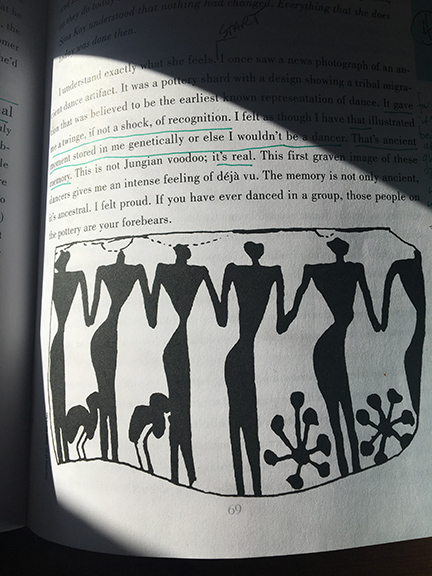
“Shard” detail photo by Darlene Chandler Bassett, from “The Creative Habit Learn it and Use it for Life,” by Twyla Tharp
“Twyla Tharp was the woman who brought artistic ancestors and sacred memory into my life when I read her book The Creative Habit Learn it and Use it for Life. Her recollection of seeing an image of dance depicted on an ancient piece of pottery also gave me a ‘twinge’ of connection to the beautiful line of women artists and writers who lived and danced before my lifetime.”
― Darlene Chandler Bassett
[/ezcol_3fifth_end]


